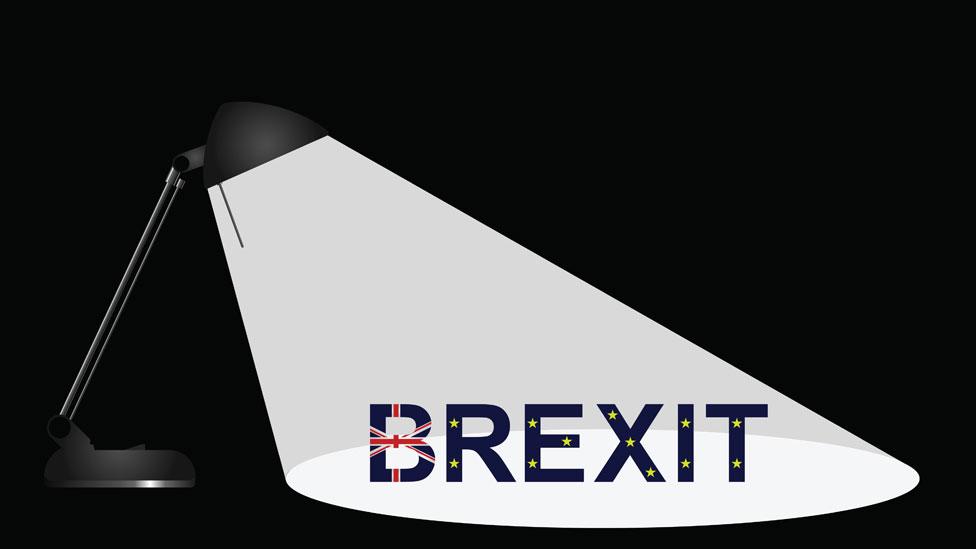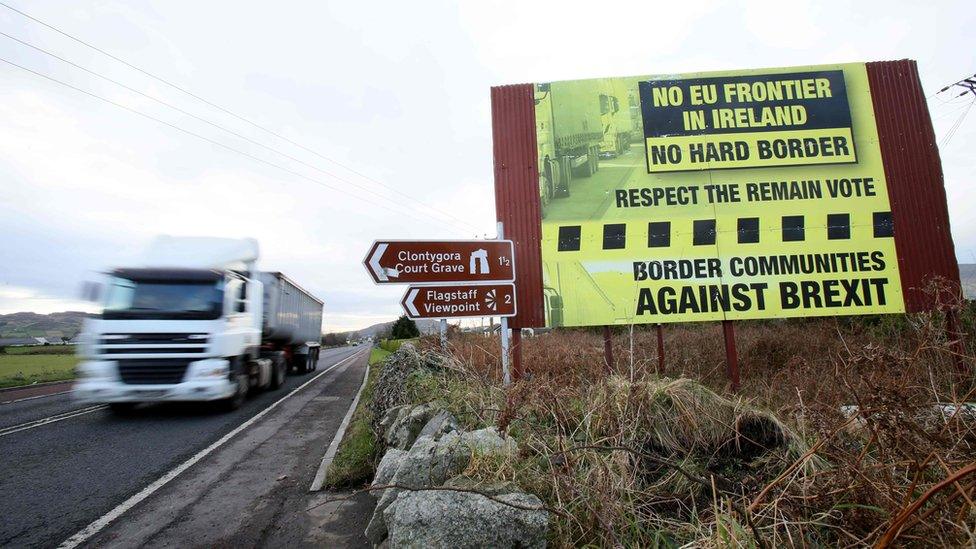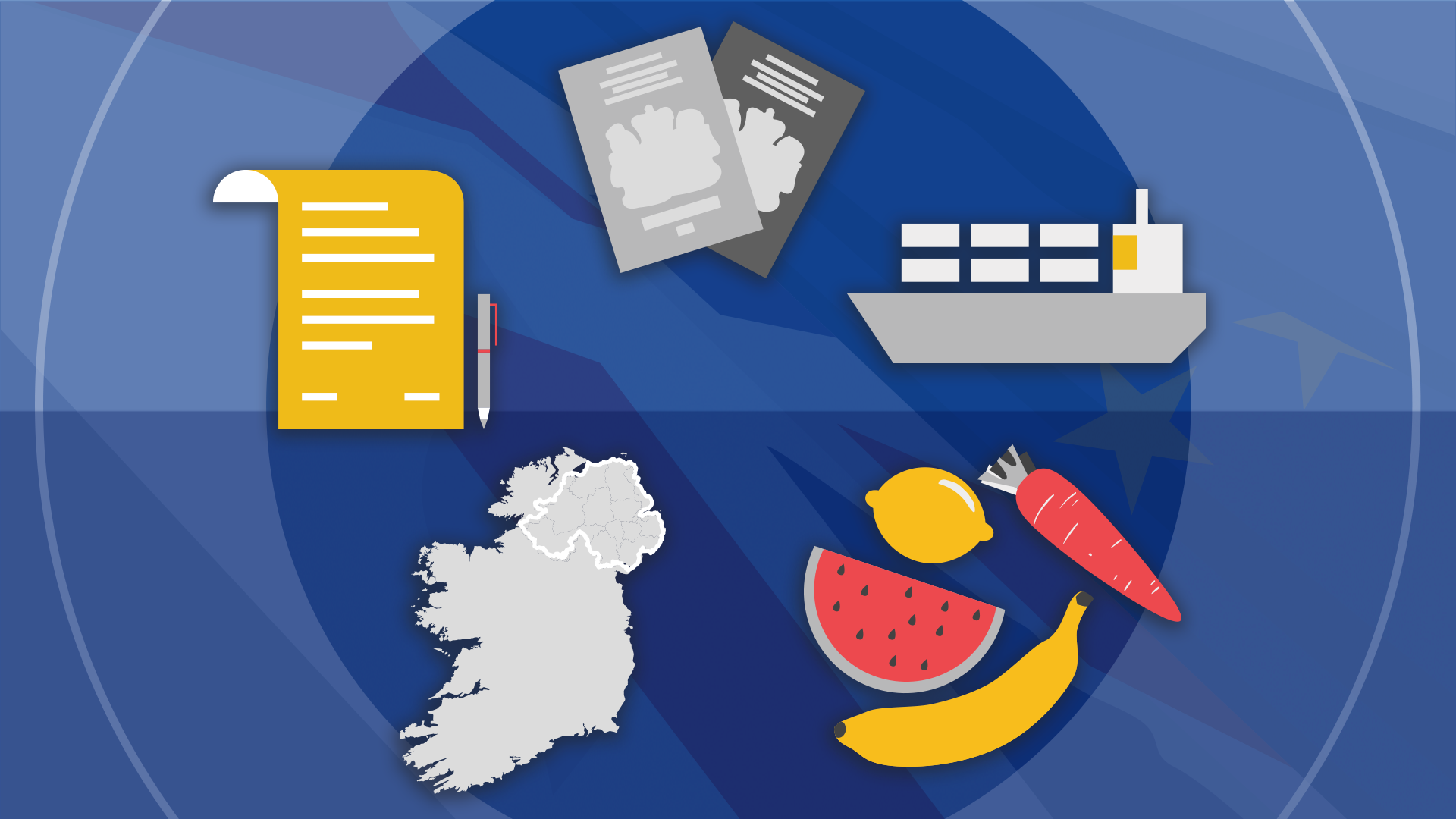How to read the draft Brexit treaty
- Published

The European Union has published a legal draft of its Brexit withdrawal agreement with the UK. Here's a guide.
It's the first draft of history
This document turns the political pledges made by both sides in December when the prime minister made an early-morning trip to Brussels into the kind of water-tight legal language found in a typical EU treaty. So it is not going to be light reading. But it is historically significant because it will eventually become the document that seals the UK's departure from the EU.
This is Barnier's version
It has been prepared by the European Commission's Task Force 50, led by chief negotiator Michel Barnier. The 27 remaining EU countries have the right to make changes but Mr Barnier has been working within a framework set by them so it should reflect what they want. Commission officials say they just wanted to get a move on and get some text on the table.
Read the Ireland section carefully
Three possible options have been agreed for preventing a hard border between Northern Ireland and Ireland. Option A is a future relationship between the UK and the EU that avoids the need for a border. Option B is that unique solutions - like technology - are found to solve the issue. Option C is that Northern Ireland remains aligned with EU rules in a number of areas.
C is the one that gets most attention in the text but the EU has bent over backwards to say that the other two options are still viable… as long as the UK provides more information about them.
It hasn't been agreed with the UK
This document is a basis for negotiations with the government. There are some areas where the two sides have not reached agreement yet and so some of the wording will reflect an EU-only position. For example, Brussels says that the European Court of Justice should oversee the Brexit treaty. Therefore the document refers to the ECJ. The UK doesn't agree. They will have to reach a compromise.
Its really long
The draft is more than 120 pages long and contains 168 paragraphs (called "articles" in the EU jargon). It contains several annexes and protocols - sections that appear outside the main body of the text. These count just as much. For example, the UK's original opt-outs from European Justice and Home Affairs policies, the Euro and the Schengen Area are contained in protocols added to end of the EU's main treaties.
This is all about divorce
The treaty settles the terms of the UK's exit. The EU says that the shape of the future relationship with Britain will be spelled out in a political declaration to be agreed later in the year and to be attached to the Brexit Treaty. Talks about that won't begin until April at the earliest.
- Published28 February 2018

- Published27 February 2018

- Published27 February 2018

- Published30 December 2020
